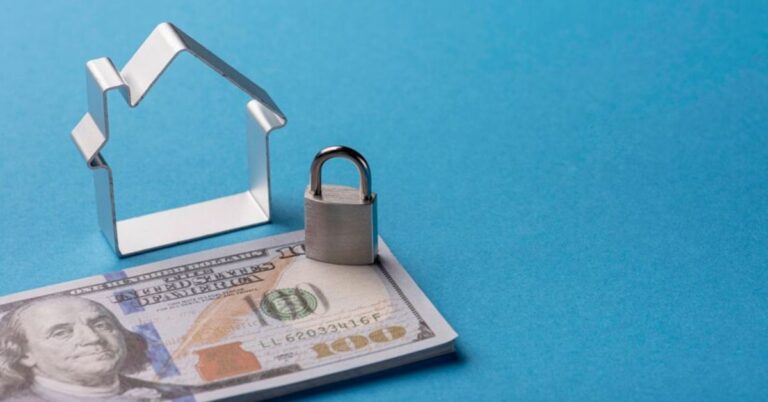British Racing Green: The Iconic Color That Defined an Era of Motorsport
British Racing Green (BRG) is more than just a color; it’s a symbol of heritage, speed, and the thrilling world of motorsport. Synonymous with British racing cars, the dark green hue has a long and storied history in the automotive industry. From its origins in the early 1900s to its role in modern racing, British Racing Green continues to capture the imagination of car enthusiasts worldwide.
The Origins of British Racing Green
The origins of British Racing Green can be traced back to the early 20th century when motorsport was becoming an international phenomenon. In 1902, the Gordon Bennett Cup—a prestigious motorsport competition—introduced a rule that required teams to paint their cars in the colors of their respective nations. This was meant to create a unique visual identity for each team and their country.
At the time, the United Kingdom chose green as its national racing color, although the exact shade wasn’t specified. The choice of green has a bit of mythology around it, with some attributing it to British cars racing in Ireland, while others suggest it was simply a distinctive color not used by other nations. Regardless of the reasoning, green became the official color for British race cars, and over time, the specific shade known as British Racing Gree’n became the standard.
Cultural Significance of British Racing Green
British Racing Gree’n quickly became associated with the prestige and success of British motorsport. In the early days of racing, this deep green hue was seen on the cars of famed British manufacturers such as Bentley, Aston Martin, and Jaguar. These cars, adorned in British Racing Green, competed on the international stage and became synonymous with speed, craftsmanship, and excellence.
Over the years, British Racing Gree’n came to represent not just British motorsport, but also British engineering and design. It became a symbol of national pride, especially as British car manufacturers gained international recognition. The color, with its rich, dark tone, has an understated elegance that reflects both tradition and cutting-edge performance.
The Evolution of British Racing Green in Motorsport
Throughout the 20th century, British Racing Gree’n continued to be a fixture in motorsport, especially in endurance racing and Formula 1. British manufacturers like Lotus, BRM, and Cooper painted their cars in this iconic green shade as they competed on the world stage.
One of the most famous uses of British Racing Gree’n was on the Lotus Formula 1 cars of the 1960s, under the guidance of legendary team owner Colin Chapman. The Lotus 25 and subsequent models, draped in British Racing Gree’n , dominated the Formula 1 scene with drivers like Jim Clark behind the wheel. These cars were the embodiment of British engineering excellence and helped solidify British Racing Green’s place in motorsport history.
As motorsport regulations changed over the years, teams were no longer required to use national colors. This led to a decline in the use of British Racing Gree’n in international competition. However, many manufacturers and teams chose to keep the tradition alive, either by continuing to use the color or incorporating elements of it into their designs.
British Racing Green in Modern Automotive Design
While the rules around national colors in motorsport may have relaxed, British Racing Gree’n has remained a popular color in automotive design. Many British car manufacturers still offer models in this iconic shade, paying homage to the brand’s racing heritage.
For example, Jaguar, Aston Martin, and Bentley frequently release special edition models in British Racing Gree’n , acknowledging their history in motorsport. The color is often associated with luxury and performance, and its use on modern cars carries a sense of tradition and exclusivity.
Even outside of the racing world, British Racing Gree’n has found its place as a beloved color for collectors and enthusiasts. Classic car collectors seek out vintage models painted in this shade, as it adds to the car’s historical value and aesthetic appeal.
Why British Racing Green Endures
The enduring appeal of British Racing Gree’n comes down to a combination of its historical significance, cultural symbolism, and aesthetic qualities. The color itself is visually striking—its dark, rich tone evokes a sense of sophistication and speed. But more than that, British Racing Gree’n tells a story. It’s a reminder of the golden age of motorsport, where British manufacturers rose to prominence and left an indelible mark on the world of racing.
For enthusiasts, British Racing Gree’n represents a connection to a bygone era when racing was as much about national pride as it was about individual success. Even as motorsport evolves, this color remains a powerful symbol of the legacy that British engineers and drivers have built over the years.
British Racing Gree’n in Pop Culture
Beyond its role in motorsport, British Racing Gree’n has permeated popular culture in various ways. Films, books, and advertisements often use the color to signify British elegance, tradition, and speed. The James Bond films, for instance, have featured Aston Martin cars—often in British Racing Green—highlighting the connection between this iconic shade and British luxury.
The color is also seen in video games, model cars, and various merchandise, all catering to a fan base that appreciates the legacy of British motorsport. British Racing Gree’n , in many ways, transcends its origins in motorsport and has become a cultural touchstone in its own right.
How British Racing Gree’n Compares to Other Iconic Racing Colors
While British Racing Gree’n is perhaps the most famous of the national racing colors, it is not the only one with a rich history. Other countries also have iconic racing colors, each with its own storied past.
Italy, for example, is known for its “Rosso Corsa” or racing red, famously used by Ferrari. Germany’s racing color is white, which was later evolved into the silver of the famed “Silver Arrows” Mercedes-Benz cars. France’s traditional racing color is blue, often referred to as “French Racing Blue,” used by manufacturers like Bugatti.
Each of these colors carries its own history and cultural significance, much like British Racing Gree’n . However, what sets British Racing Green apart is its lasting appeal in both motorsport and modern automotive design. While other national colors have faded or evolved, British Racing Green has retained its place as a symbol of both heritage and innovation.
British Racing Green: A Color for the Future
As automotive technology continues to advance, British Racing Gree’n remains a relevant and admired color choice. Whether it’s used on a cutting-edge electric vehicle or a meticulously restored classic car, this shade continues to represent the intersection of tradition and progress.
Car manufacturers are increasingly looking to their past to inspire future designs, and British Racing Gree’n is often at the center of these efforts. Special edition models, concept cars, and even luxury electric vehicles are being released in this iconic color, blending heritage with the latest in automotive technology.
Conclusion
British Racing Green is more than just a color; it’s a symbol of a rich motorsport heritage, a reflection of British engineering excellence, and a mark of luxury in modern automotive design. Its history stretches back over a century, and yet it remains as relevant today as it was in the early days of racing. Whether on the track or the showroom floor, British Racing Gree’n continues to captivate enthusiasts and car collectors alike.
This iconic hue tells a story of speed, elegance, and national pride—one that continues to unfold as the automotive world moves forward.
FAQs
What is British Racing Green?
British Racing Green is a dark green color that has become synonymous with British motorsport. It was first used in the early 20th century and remains popular in modern automotive design.
Why is British Racing Green associated with British cars?
The color was chosen as the official national racing color for British cars in the early 1900s. It has since become a symbol of British engineering and motorsport excellence.
Which car manufacturers use British Racing Green?
British manufacturers such as Aston Martin, Bentley, Jaguar, and Lotus have historically used British Racing Green on their race cars and continue to offer modern models in this iconic color.
Is British Racing Green still used in motorsport?
While national colors are no longer a requirement in motorsport, some teams and manufacturers continue to use British Racing Gree’n as a tribute to their racing heritage.
Can I buy a car in British Racing Gree’n today?
Yes, many manufacturers offer models in British Racing Gree’n , particularly for special edition cars and luxury models.







